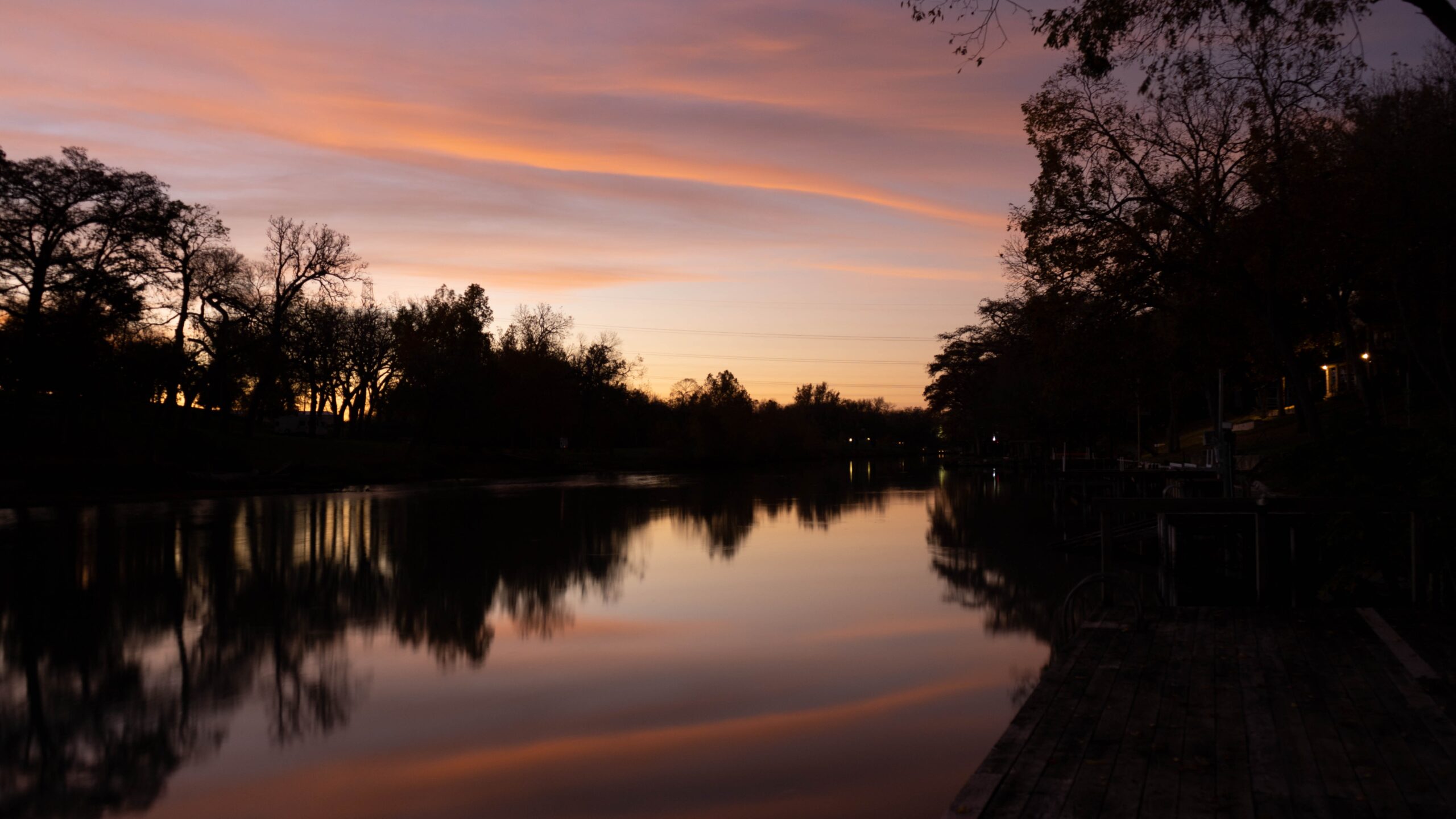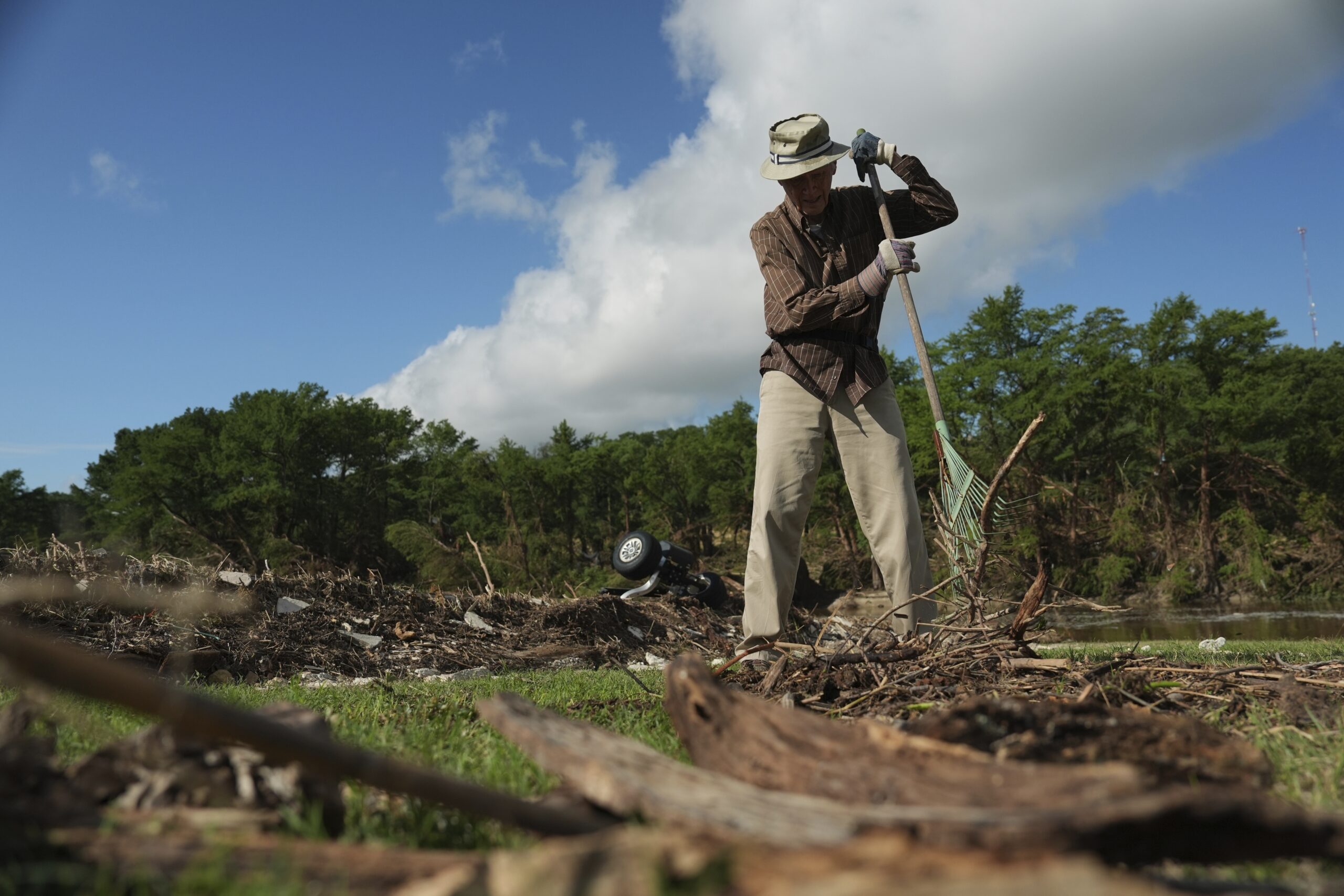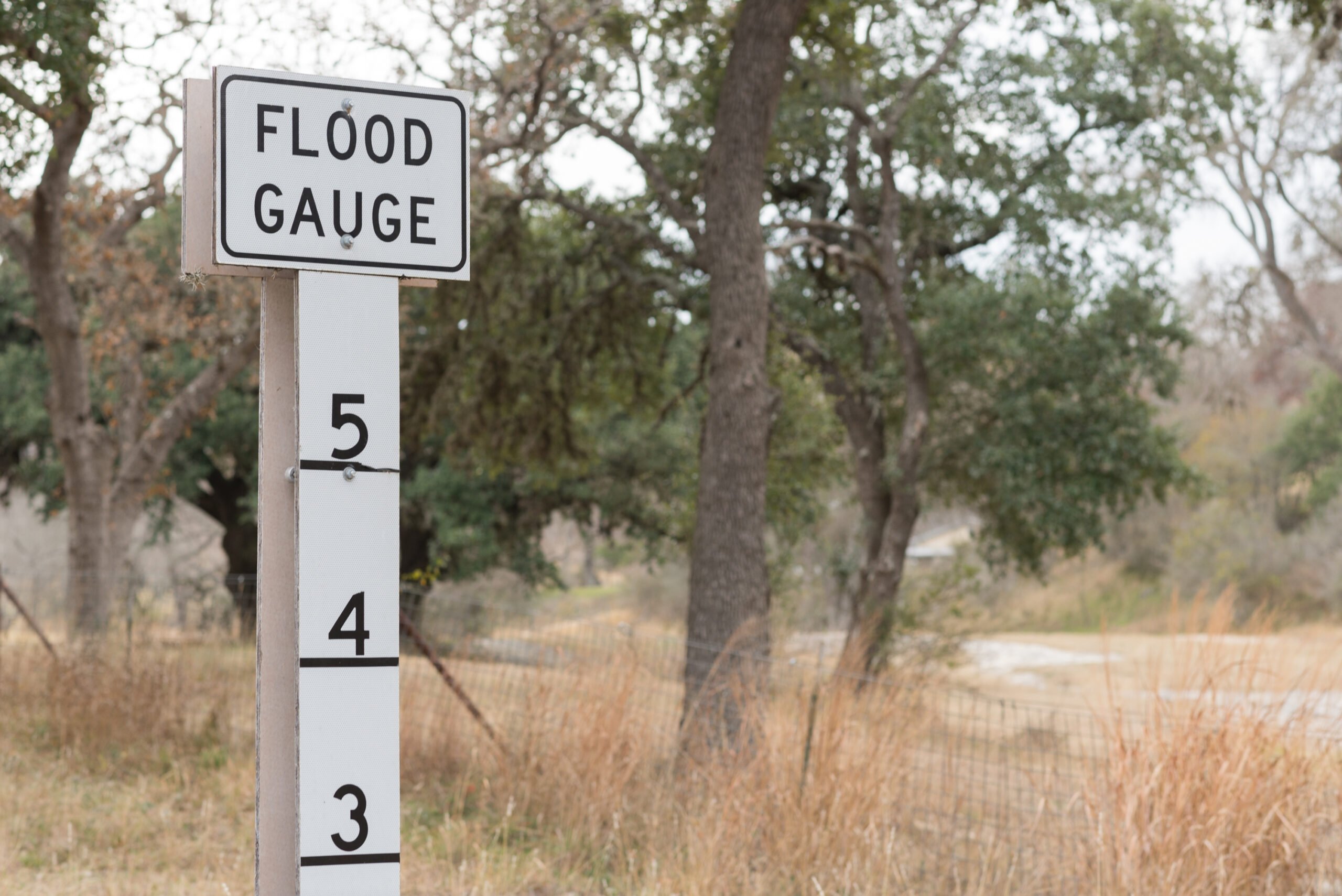Half Empty
When the Rivers Run Dry: Water—The Defining Crisis of the Twenty-First Century
Hot enough for you?I know summer has arrived when I hear this rhetorical question, and was not disappointed last April as temperatures surged over the century mark and a perspiring colleague muttered that four-word query, spitting it out as if it were an expletive.
She was right to swear, because since then the earth has baked and contracted, sending fissures through backyards and pastures, and breaking the surface of interstates and farm-to-markets. Valley ranchers, stuck in a 16-month drought, have sold off livestock in record numbers, seeking debt relief. “It’s devastating,” rancher Bill Meuth told the San Antonio Express-News. “There’s no grass left. This is probably the worst one I’ve ever seen.”
San Marcos is equally stressed: Plummeting levels in the Edwards Aquifer have triggered water restrictions there for the first time in five years. San Antonio, New Braunfels, and Austin are preparing to unleash the water police. Meanwhile, from the Hill Country north to the Panhandle, red flags are flying: The lack of rain has created conditions for a fearsome fire season. In search of historical parallels, many have invoked the dread 1950s, when urban economies cracked, and ranchers and farmers went into arrears. Our plight now may be worse, says Larry Falconer, a Texas A&M extension economist: “Most of the folks I talk to have never seen anything like it, even in the 1950s.”
If any of this sends a shiver down your spine—hard to feel, I realize, in this suffocating heat—then you might not want to read Fred Pearce’s new book. A longtime contributor to New Scientist, the cutting-edge British science and technology publication, Pearce regularly probes worldwide water conflicts. In his journalism, such as Keepers of the Spring (2004), and now in When the Rivers Run Dry, he recycles many arguments. The amount of potable water is finite; although we may call ours the Blue Planet, what gives it that decided hue is undrinkable seawater. Left over for human consumption is a tiny fraction of the whole, approximately 7 billion acre-feet of water. While that’s a lot (an acre-foot is equivalent to 326,700 gallons, the amount three or four U.S. households consume in a year), demand may soon outstrip supply. In 1920, there were fewer than 2 billion people on Earth; today there are nearly 6.5 billion. More people need more water to quench increased thirst, an equation that leads to an unsettling conclusion: We’re in trouble.
Our peril is magnified, for we also need much more water to produce enough food and clothing for our ballooning population. To bring this point home, Pearce takes us on a water inventory of our kitchens and closets. Eat hamburgers? A quarter-pounder requires upwards of 3,000 gallons to grow the grain a cow must consume so that you might eat the beef. Want cheese on that burger and fries on the side? It takes about 650 gallons to produce a pound of cheddar and 65 more for a pound of spuds. Even a slimming salad requires 130 gallons. As for the ubiquitous T-shirt, “you could fill roughly twenty-five bathtubs with water needed to grow the 9 ounces of cotton” to fabricate just one. Put this particular calculation into a macro context: Pakistan pumps “more than 40 million acre-feet of water a year from the Indus River—almost a third of the river’s total flow and enough to prevent any water from reaching the Arabian Sea—in order to grow cotton.”
That’s a staggering number. Bigger still is 800 million acre-feet, the amount economists calculate is the international “virtual-water” market. Equivalent to the flow of 20 Nile Rivers, this market is virtual because whether “you buy a T-shirt made of Pakistani cotton, eat Thai rice, or drink coffee from Central America, you are influencing the hydrology of those regions—taking a share of the Indus River, the Mekong River, or the Costa Rican rains.” The United States is the biggest net exporter of virtual water, courtesy of its grain and meat production, and the Middle East is a leading net importer. Noting that “water-stressed Jordan … imports between 80 and 90 percent of its water in the form of food,” Pearce estimates that “more water flows into the Middle East each year as a result of virtual water than flows down the Nile.” Oh, yes, we’re in trouble.
We are so despite (even because of) the hydrologic empires we have constructed to impound stream flow behind mammoth dams. Whether along the Rio Grande, Colorado, or Columbia; the Nile, Indus, or Mekong; the Yangtze or the Yellow, waters have risen against massive convex walls, inundating canyons and communities, even as they store vast quantities of water for downstream users. Agriculture is the biggest consumer; with irrigation now possible in some of the world’s most arid regions, from deep West Texas to Outer Mongolia, once-brown lands have turned verdant, providing new work and endless opportunities. That’s what happened in Pakistan’s Sindh Province, where the Indus was harnessed to nurture cotton in the desert. But this green revolution has come with a black thumb: The diverted waters have created salt-caked fields, impelling farmers to abandon an estimated 100,000 acres a year; fish are dying out, and with “little silt or freshwater reaching the delta, the sea is advancing inland. At least a million acres of mangroves and farmlands have disappeared beneath the waves.” We can hardly take comfort in Pakistan’s plight. The Rio Grande has been reduced to a trickle, imperiling the 9 million people who depend on it.
Seeking other sources is tricky. Confronted with sewage-tainted surface water throughout the developing world, UNICEF promoted low-cost tube wells to reach presumably safer groundwater supplies. No one checked, however, and in India and Bangladesh high concentrations of naturally occurring fluoride and arsenic have devastated public health, leading the World Health Organization to declare this “the largest mass poisoning of a population in history.”
In Libya, good intentions have come to weird ends. Moammar Gadhafi has spent $27 billion to mine the vast Nubian sandstone aquifer, pumping its fossil waters into the “Great Manmade River,” a 2,000-mile pipeline network Halliburton Co. has constructed to make Libya agriculturally self-sufficient; that goal has not, and cannot, be met. But Qaddafi persists in this scheme, not unlike those American farmers who plunder the Ogallala Aquifer underlying the Central Plains. Yes, center-pivot irrigation has generated bumper harvests, but the long-term consequences of depleting the non-recharging aquifer are even more profound: Once gone, the prairies will shed population, a water-borne demographic migration that is swelling urban centers from Karachi to Beijing, Denver to Cairo. So, too, in Cambodia. One of Pearce’s sources tells him about that country’s high-stakes gamble: Damming the Mekong is devastating rural fisheries, “a source of natural wealth for the poor.” Once “destroyed, their only alternative would be a job in a factory in Phnom Penh making textiles for the West.”
Like An Inconvenient Truth, Al Gore’s riveting if uneven exposé of global warming, Pearce’s text has a good deal more to say about the problems it addresses than their resolution. He doesn’t think much of conservation measures, whether in irrigation technology or domestic plumbing, seeing their savings as incidental. Desalination’s high-voltage energy fix and brine-saturated discharge complicates its widespread adoption. Instead, he pins his hopes on communal, small-scale programs, an ideological counter to the capital-intensive solutions the World Bank has long funded. Given the abject failure of many of its post-World War II big-dam projects, we need viable and equitable alternatives for water storage and distribution.
Yet it is not clear that the ancient technologies to which Pearce reflexively turns will prove more successful. Consider the qanat, spring-fed irrigation ditches the Persians engineered and whose remnants are found in the desiccated Syrian hills. Re-establishing their centrality would be tough, though, amid that country’s explosive population growth and attendant pumping, which has so lowered groundwater levels as to halt spring flow. Ye olde dew ponds of rain-soaked England, which manufactured water “out of thin air” for livestock, might be retrofitted for contemporary farming, but will this process provide Metro London’s potable-water needs?
Greater success may occur with rain harvesting, another premodern methodology that Pearce extols. Capturing storm water in cisterns and tanks, once the norm in the American Southwest and still critical in Tunisia and Bermuda, would have important benefits; so would legislation limiting cities’ impervious cover to green up sweltering urban-heat islands. That’s one reason why Pearce is so bullish on this prospect. Another is that rain harvesting meets his political litmus test, a methodology that is site-specific, local in design and control, historically sanctioned, eco-friendly. Most of all, it might nudge us to embrace a new ethic that “requires us to find ways of storing water without wrecking the environment, of restoring water to rivers and refilling lakes and wetlands without leaving people thirsty, and of sharing waters rather than fighting for them.”
Or in the words of Dada, a Vedic scholar whose preaching on the “simple life” encompassed a reverence for water and deemed its protection a devotional act: “If you quench Mother Earth’s thirst, she will quench yours.” Should we fail to uphold our end of this life-sustaining bargain, we’ll give new meaning to hot.
Char Miller is director of urban studies at Trinity University and is author of Deep in the Heart of San Antonio and editor of Fluid Arguments: Five Centuries of Western Water Conflict.


